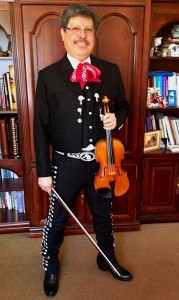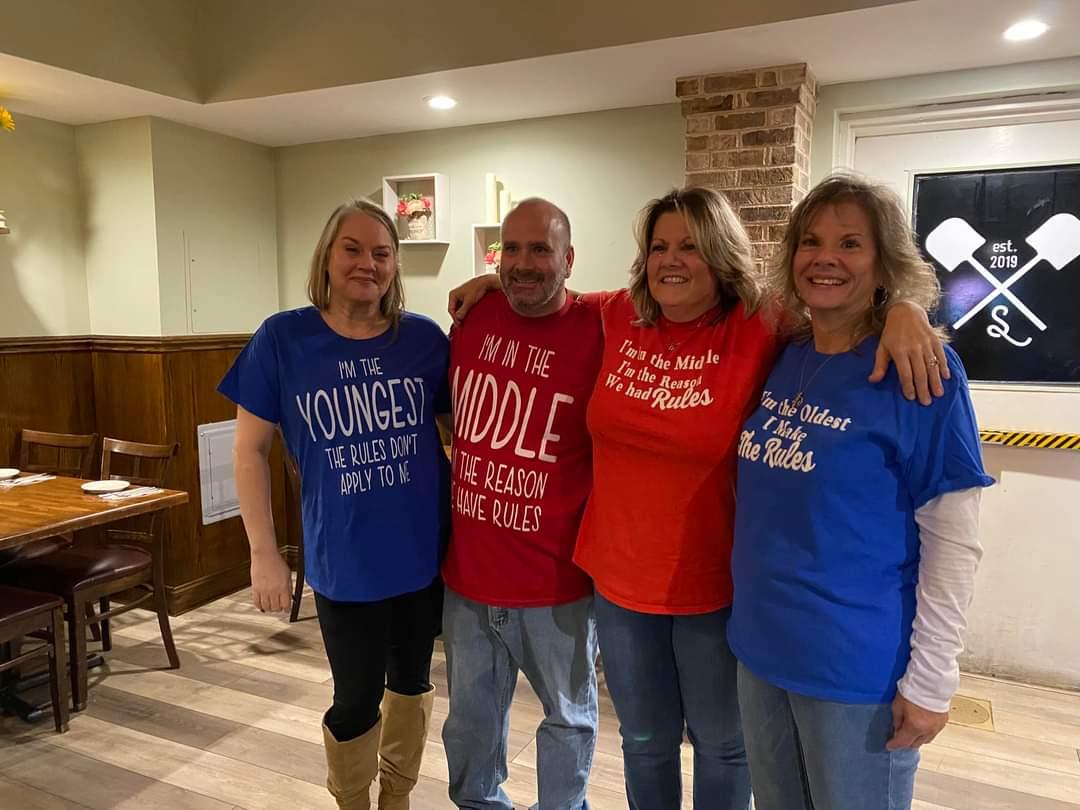Editor’s note: This post has been edited from its original to reflect changes in 23andMe’s product.
We’re posting a story about one of the participants in 23andMe’s 
One day in April of 2011, Esteban Zapiain’s life changed forever.
“No one ever wants to hear their doctor say, ‘You have cancer,’” said Esteban.
The 62-year-old retired school technology director learned that day that he had something called Chronic Myeloid Leukemia, or CML. The rare blood cancer is one of a group of similar cancers known as myeloproliferative neoplasms or MPNs. These cancers occur due to the excessive production of “myeloid” blood cells in the bone marrow.
For Esteban the diagnosis was frightening, but it also drove him to act, and he joined 23andMe’s MPN Research Initiative.
“My motivation is to help find the causes and connections between those of us diagnosed and those yet to be diagnosed,” said Esteban.
There is a strong genetic component for these rare cancers and 23andMe hopes to use the data generated by our research initiative to better understand the causes and find new treatments for these diseases. While Esteban is hopeful for new discoveries from the research, he said joining has its own rewards.
“Participating in this initiative was an integral part of my developing a coping strategy and positive attitude,” he said. “I refuse to let cancer defeat me. I cannot, and will not, live my life in fear. I will live for the joy of breathing, seeing, hearing, touching, tasting and feeling.”
Since starting the initiative about two years ago, 23andMe has recruited almost 1500 people with one of these rare blood cancers. 23andMe’s MPN Research Initiative now has the world’s largest group of genotyped MPN patients. Within months of enrolling patients, 23andMe began reporting out new findings from its research and we continue to work on new discoveries while enrolling more participants. (Enrollment is free for MPN patients.)
Many people with one of these rare cancers also have an acquired genetic mutation in the JAK2 gene called V617F. This mutation arises during the course of a person’s life as opposed to being a change in DNA that someone is born with. The JAK2 V617F mutation is currently used as a diagnostic marker of disease and numerous companies are developing drugs to inhibit the activity of the JAK2 protein, though it is too early to tell if they will be successful.
Often people with one of these types of cancers don’t even know they have it. The symptoms are such that cancer can go undetected for years.
MPN Research Initiative
Since our founding 23andMe has offered individuals the opportunity to explore their own DNA while also allowing them to contribute to groundbreaking genetic research.
Our work studying MPN is part of that mission. In the short time since launching the study we’ve enrolled almost 1,500 people with one of these rare blood cancers and are already gathering insights into the genetics of the disease. We’ve replicated and identified new risk factors for MPNs.
In Esteban’s case, he said he wouldn’t have known he had cancer if it hadn’t been for the fact that he regularly donates blood. At one point, he was contacted by the blood bank informing him that he should talk to his doctor because of what they noticed in screening his blood. It’s profound, said Esteban that something he did to help potentially save someone else’s life, may have saved his own.
Since his diagnosis, Esteban and his doctors have been able to keep his cancer in check with new medication. He’s healthy and engaged. Esteban is the director of a mariachi band for which he plays the violin. He’s also appeared in several musical productions, including most recently a community production of Fiddler on the Roof, which won several awards.
And he continues to be positive. He’s been using 23andMe to delve into his own ancestry. Although his parents had always said he was 100 percent Mexican, his surname is Basque and Esteban has always wondered about his ancestry. Looking at his 23andMe results, he learned of his mixed ancestry that includes Native ancestry from South America and paternal ancestry that traces to the Berbers.
“My mother’s mother used to say, ‘The world’s big, we all fit,’” he said.
His decision to join the research initiative was about more than simply healing himself. In explaining his motivation, Esteban mentions something his parish priest says about little drops of water making up the ocean.
“Funny, but spit is much like a drop of water, together we are stronger than anyone of us alone,” he said.



